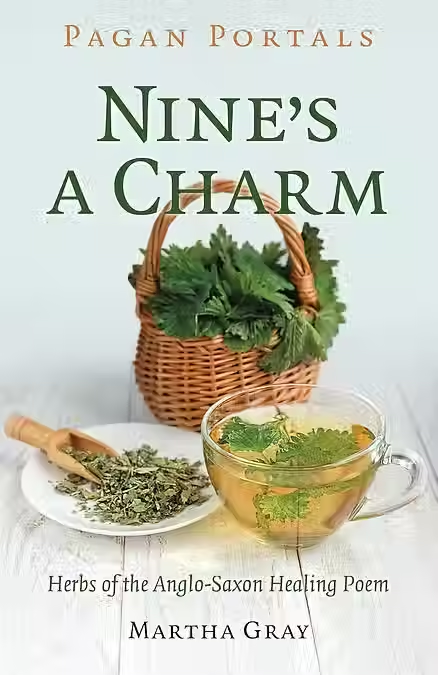Deadly Nightshade by Vanessa Armstrong
- Kitchen Witch

- Aug 5, 2019
- 3 min read

I love plants and flowers – all sorts! Every colour, shade and size. I don’t know the names of them all, there are so many after all, but I’m particularly fond of wild flowers. Flowers that a lot of people would call weeds, but I think they are some of the most beautiful and sometimes daintiest. Protruding out of hedgerows, growing by the side of busy roads, finding their way through cracks in the concrete – they all have a place in our natural world.
One particular plant that came to light, so to speak, last week while out on a Kitchen Witch excursion was one that when I was old enough to enjoy and sometimes pick flowers, was told to never touch or pick – Deadly Nightshade!
Deadly Nightshade or Belladonna is a perennial herbaceous plant which is in the same plant family as the tomato, potato and eggplant and is native to Europe, North Africa and Asia. It’s name suggests that you wouldn’t want to go near it – and for good reason.
The foliage and berries are very toxic when eaten, its also not a good idea to handle the plant either as the toxins can enter through small cuts on your hands or by not being careful and touching your face etc. The toxins in the plant causes hallucinations or delirium and sickness. The plant itself is rather beautiful – producing plum coloured flowers, making way to green then shiny black berries which are sweet and very attractive to animals. The plant is still toxic to them but it appears that cattle and rabbits are the only animals that can digest the berries unscathed.
There is also another type of deadly nightshade called Bittersweet Nightshade. Although not as toxic as Belladonna, it is still very poisonous and should not be handled or used either. Its flowers are bright purple and green and it has red, not black berries.
Belladonna has many names apart from deadly nightshade – devils berries, banewort, death cherries, beautiful death and devils herb – all conjure up something that would be used by an evil queen or mad professor in a fairy tale!
The name ‘nightshade’ refers to where it grows – thriving in shady places, woody hill etc., but those in sunlight grow weak and are often smaller. Strange though as the more it is exposed to sunlight, the more poisonous the plant becomes..
Belladonna has been used for medicinal purposes for a number of year. Although it is highly toxic, used in the right hands, it does have some medicinal benefit. The drug ‘atropine’ which is found in the plant, is useful for relaxing muscle spasm and to regulate an irregular heartrate. It is also used to dilate the pupils in an eye examination, as well as to reduce inflammation, promote restful sleep and calm the stomach.
There are magical uses for Belladonna, although I’m going to advise against picking and working with it, due to its extremely toxic nature. It is deadly, so the magical uses are for information only, unless you are really sure you know what you are doing!! Even then, I wouldn’t go near it.
Belladonna has been used in death potions, hexes and curses, as you can imagine. Ingesting it can cause hallucinations, which would drive someone mad to the point of insanity.
Linked to the underworld, it can be used to consecrate tools used to connect with spirit or in incense to invoke. (Definitely not recommended as you wouldn’t want to inhale the smoke).
Bizarrely, in Christian folklore, it was said that the devil loved it, he guarded it most of the year. The only time that it could be harvested for killed was on May Eve when he was called away for the witches sabbats!
It was also used to encourage astral projection and for hedgeriding, but I think that the hallucinations were a factor in that. It was also used for divination purposes and it even had a nice use – if there is such a thing – to be added to dream pouches to promote pleasant dreams and a restful sleep.
The word “Atropa’ in the plants scientific name is said to come from the name of a Greek Goddess. Atropos was one of the three sisters of fate and destiny. One sister - Clotho - spun the threads of a persons life, the other sister Lachesis measured those threads and the third one – Atropos – was the one who cut those threads, causing death!
A very interesting plant to research but again, please do not work with this plant unless you are absolutely sure you know what you are doing. There are many safer alternatives to use..






Comments